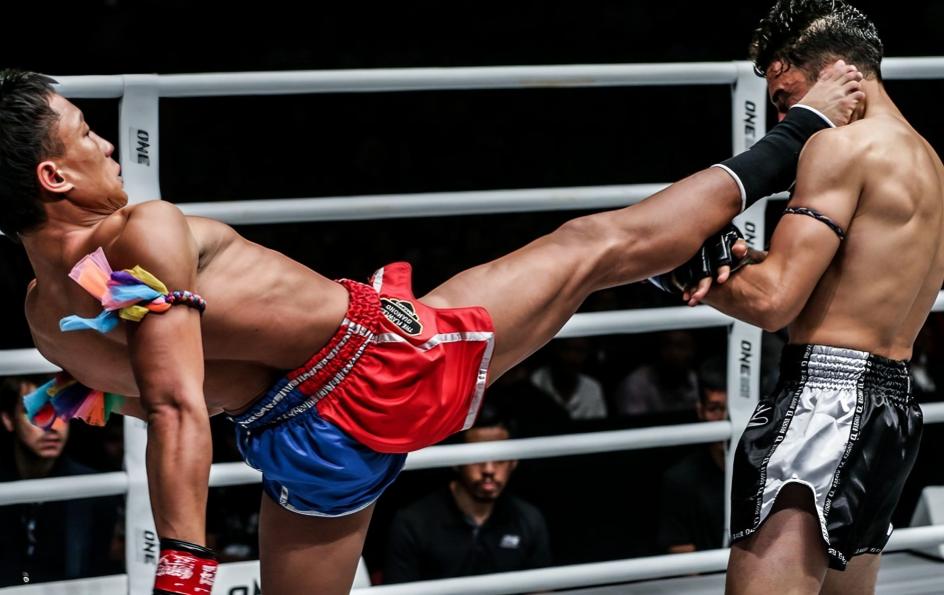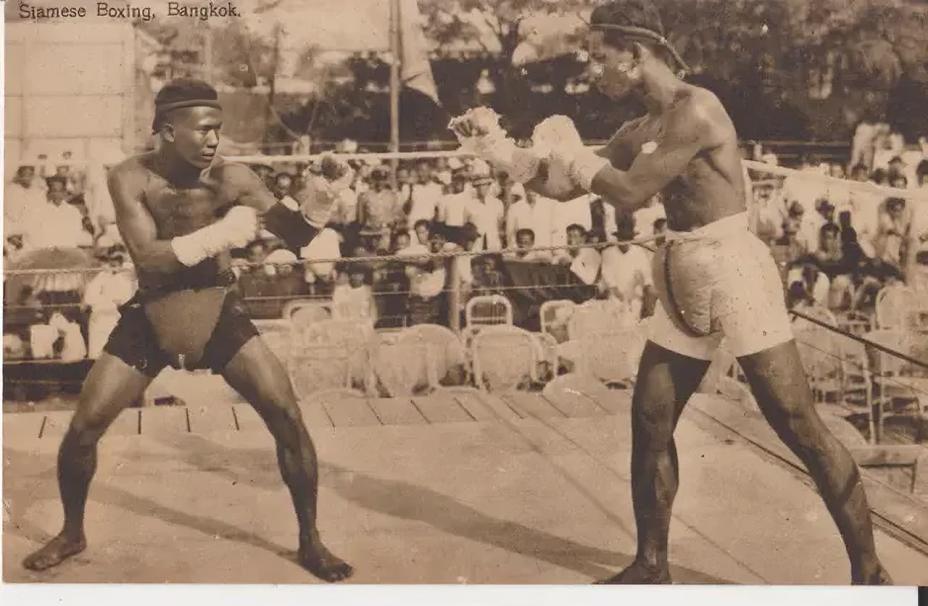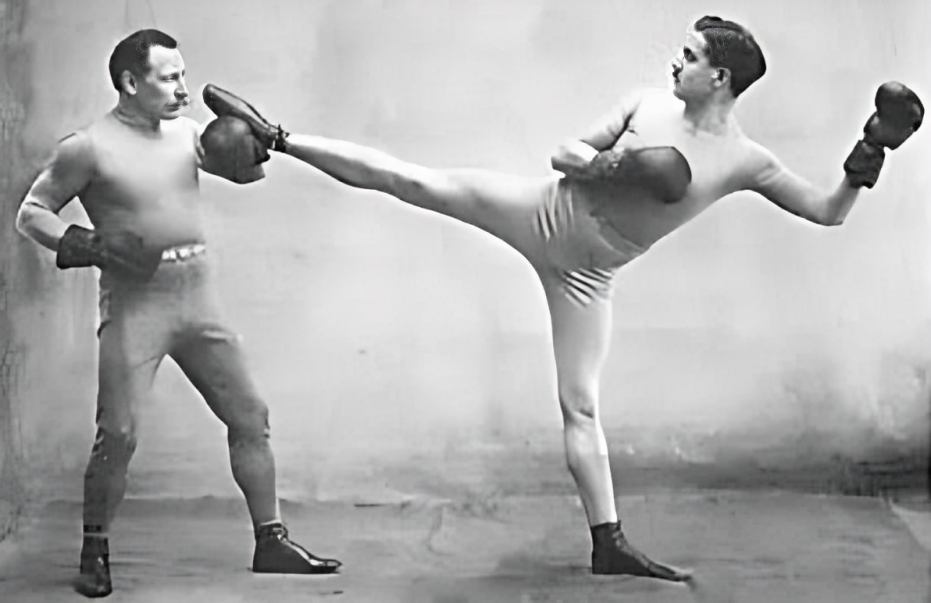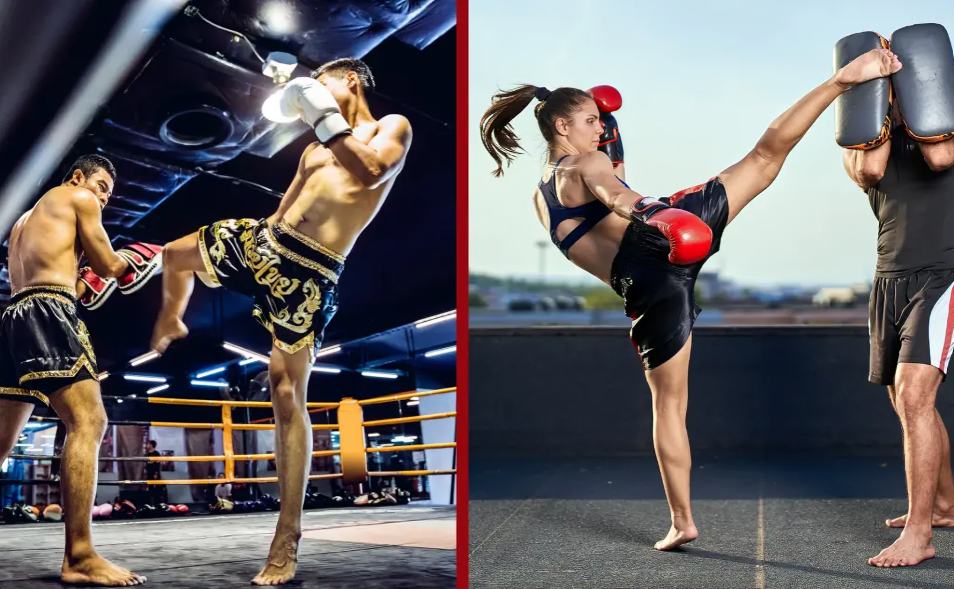Muay Thai and Kickboxing have key differences in techniques, movement, and philosophy. Muay Thai uses an 8-point striking system with elbows, knees, and clinching, while Kickboxing employs a 4-point system of punches and kicks. Muay Thai emphasizes powerful strikes and a flat-footed stance, whereas Kickboxing focuses on speed, angles, and bouncing footwork.
Is Muay Thai Kickboxing?

Muay Thai and Kickboxing share similarities, such as being stand-up fighting styles with a round-based competition structure. However, they have key differences. Muay Thai, known as the “Art of Eight Limbs,” incorporates punches, kicks, elbows, and knees, emphasizing close-range strikes and clinch work. Kickboxing, while also focusing on punches and kicks, often has less emphasis on clinching and elbow strikes, with variations depending on the specific style (such as American or Dutch kickboxing). Their histories are distinct: Muay Thai originated in Thailand and has centuries of tradition, while Kickboxing emerged in the mid-20th century as a blend of various martial arts.
Muay Thai vs Kickboxing: History
The History of Muay Thai

Muay Thai, known as “the art of 8 limbs,” originated in ancient Thailand (formerly Siam) as a form of military combat training. Over time, it evolved into a powerful and popular martial art practiced worldwide. The sport gained significant recognition in the West around World War I, adopting elements from Western boxing, like padded gloves and timed rounds in a ring. Today, Bangkok remains a hub for traditional Muay Thai training, preserving its deep cultural heritage while evolving alongside global martial arts trends.
The History of Kickboxing

American Kickboxing, developed in the mid-1900s, is a hybrid martial art combining Karate, Western boxing, and Muay Thai techniques. The term “Kickboxing” was coined by Osamu Noguchi, aiming to create a sport where Karate and Muay Thai fighters could compete. The sport’s early influence from Karate is evident in its bladed stance and sharp kicks. It gained popularity in Thailand and later spread to the Netherlands, where Jan Plas developed Dutch Kickboxing, emphasizing high-volume punches and low kicks. American Kickboxing stands apart by focusing on full-contact combat and prohibiting low kicks to the thigh or calf.
Muay Thai vs. Kickboxing: 5 Key Differences

- Striking Systems – Kickboxing is built on a 4-point striking system (2 punches and 2 kicks), while Muay Thai uses an 8-point striking system that includes knee strikes, elbow strikes, and upper body grappling that’s referred to as the “full clinch.” Because of this, Kickboxers often fight from a distance, while Muay Thai artists move in and out of their opponent’s pocket.
- Movement – Thai fighters tend to move at a more even pace—their foundational footwork movement is a forward 1-2-3 march called the Yang Sam Khum that keeps their feet flat-footed and their head centerline.In contrast, Kickboxers stay on the balls of their feet and bounce and circle around the ring. Kickboxers move in and out of the striker zone at a lightning-fast pace, cutting angles with their footwork to set up and doge attacks.
- Stance – If a Muay Thai fighter and a Kickboxer are facing each other in a ring (say, in a UFC or Bellator Mixed Martial Arts fight), they’re going to hold their bodies very differently.The Muay Thai fighter will be standing flat on their feet, hips facing their opponent, hands at their temples to block strikes.The Kickboxer will be bouncing on their feet with one foot significantly ahead of the other, creating a bladed stance that turns the side of their torso towards their opponent. Their hands will likely be a little lower, as Kickboxers fight from a distance.
- Kicks – Kicks to the body and head are cornerstones of both Muay Thai and Kickboxing…but not all kicks are created equal.In Muay Thai, fighters kick by turning their hips and landing with the lower shin. They don’t bend their knee, but rather keep the leg relaxed until the moment of impact, resulting in a powerhouse of a kick that can feel and sound like the crack of a baseball bat. It’s because of this force that Muay Thai artists are trained to check their opponent’s kicks to prevent serious damage to their legs.Kickboxers, on the other hand, hinge from the knee and lift the leg up to strike with the foot rather than the shin. Because pure kickboxing fights are often scored by points, fighters are motivated to deliver rapid-fire kicks that may not knock out their opponent but will rack up points for strikes. In American Kickboxing, fighters are not allowed to throw kicks to their opponent’s thighs or calves.
- Volume and Pace – Watch even just one round of Kickboxing and you’ll be able to grasp how much of kickboxing is a barrage of strikes. Kickboxers are volume strikers—they strike fast and often, punctuating strike combos with a mix of high and low kicks.On the other hand, Muay Thai fighters tend to fight with a more patient and measured style. Many Muay Thai gyms coach a Sabai Sabai mindset, which loosely translates to “keep it chill.” The idea is to slowly wear down your opponent and then when they’re tired, knock them out with ruthless efficiency.
